There are many photography lessons I've learned over the years (and more to learn). But I remember one with special affection, I even remember who gave it to me and when. And it is because she marked a before and after in my photographs. These began to take on a meaning that they lacked, as much as I wanted to believe that I was good at this... It's about the fact of including the human element in photography .
There are several reasons to include this element, and that is what today's article is about. Because, if you're just starting out, it's a more valuable lesson than you can imagine. My way of thanking someone for giving me this information is to share it with you. I hope it is as useful to you as it is to me, and that by the end of reading this article, your way of thinking has changed, even if only a little, and you are encouraged to include that human factor in your photographs.
1. HUMAN ELEMENT TO DISPLAY THE SCALE
When you convert a three-dimensional scene to a two-dimensional format and of tiny dimensions compared to the stage, the size information is lost along the way. You are in the place, you can touch, move from one side to the other, look up, look down, know how far away everything is, how tall or wide the building in front of you is, how immense the lake is. in front of you, or how high is the mountain you just climbed and the effort you have made to climb it (in fact you are still with your tongue hanging out ? ). But the person who sees the photograph that you capture of that space does not have that information, they do not know how big the building is, or if it is a rocky mound or a large mountain.
For this it needs a reference , an element known in size, it needs you to show it the scale. Including a human figure is a way of telling your brain, “hey! here's a reference, look how big this place is compared to this person." Yes, an animal can also help you, but what if you don't have it at hand? And no, a tree in a landscape isn't worth it, because it's just as much a bush as a 4-meter one ?
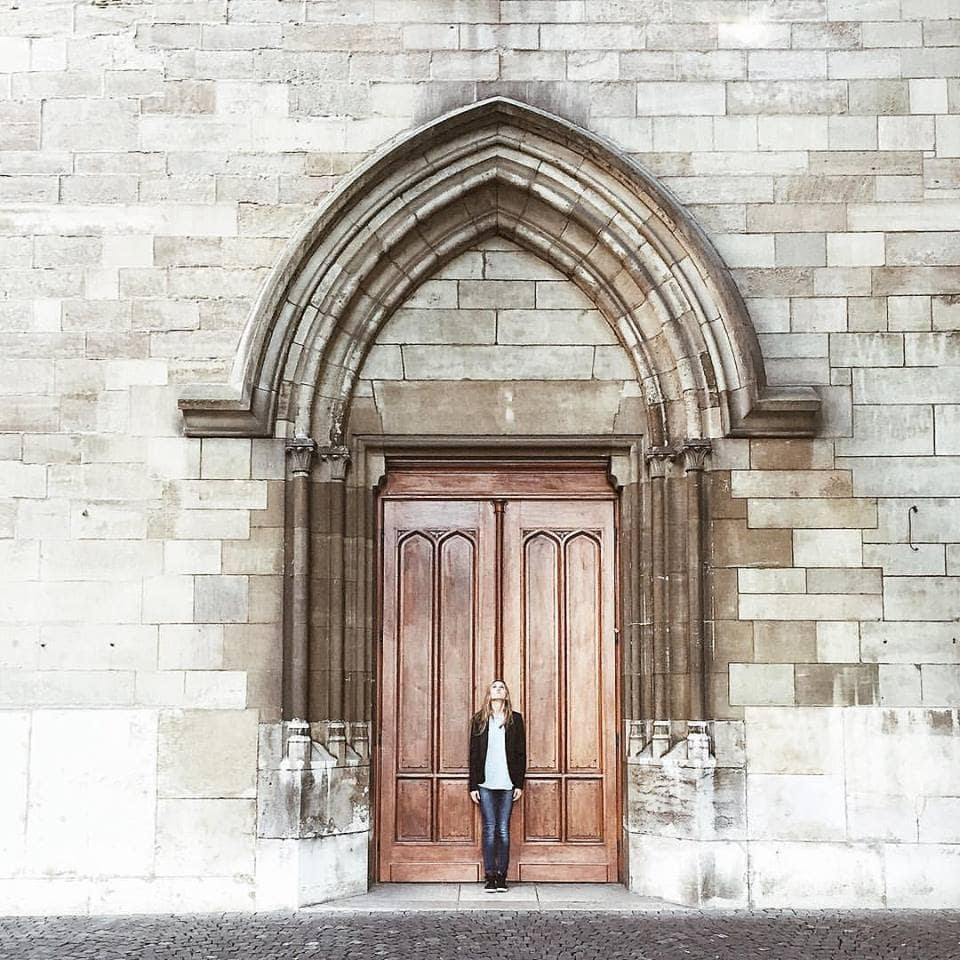
2. AS A CENTER OF INTEREST
As much as the scene in front of you seems like a marvel, or even the most beautiful landscape you have ever seen, there may be something missing when translating it into a photograph. Imagine, the place is spectacular, the light is perfect but something is wrong... The gaze doesn't know where to settle, it wanders around the image until it gets bored, what's more, since it doesn't know where to stop, it goes to another-thing-butterfly . It is a risk that can sometimes be taken, if you are clear about it, but including a center of interest in a photograph is a safe value. It may be that in a landscape a flower or a bird will help you, but what if none of that works for you? What if there's nothing like it in sight? How about including a person? Even you, if no one is around ?
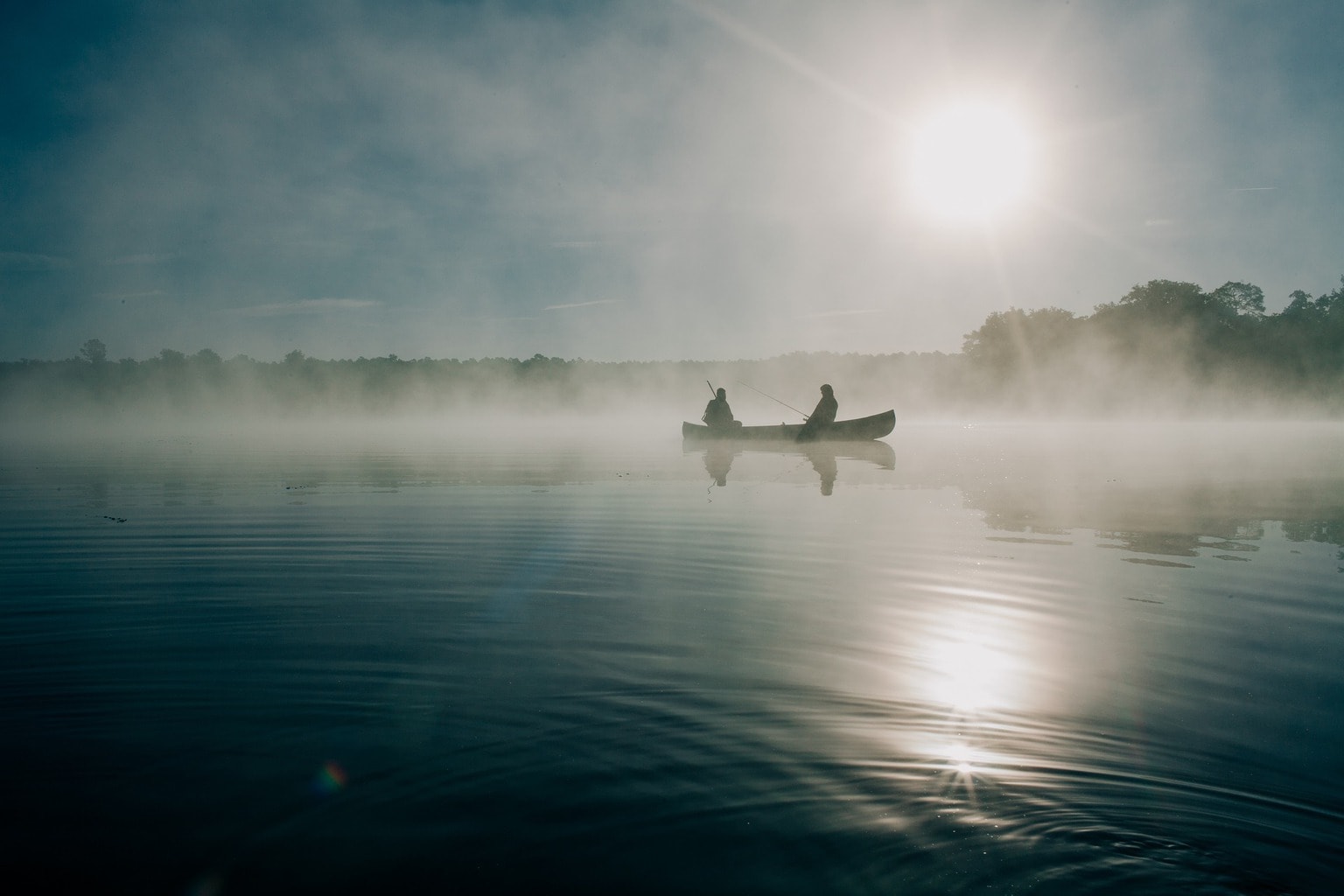
3. THE HUMAN ELEMENT IN PHOTOGRAPHY TO CONVEY AN EMOTION…
A human figure will indisputably help you convey an emotion, a feeling. The attitude of the person you include will infect the viewer. And what is photography if not emotion? You can really like a setting, and you can even arouse emotions through its colors, how the light falls, whether it is a more deserted, icy, warm place, etc. However, with a human figure with a clear attitude , emotion is guaranteed. What's more, in the same setting or landscape, you can manage to transmit completely different sensations depending on the posture of the figure. Is it going to be the same to include a person jumping than a person lying in the middle of a valley? Life is a matter of attitude, photography too ?
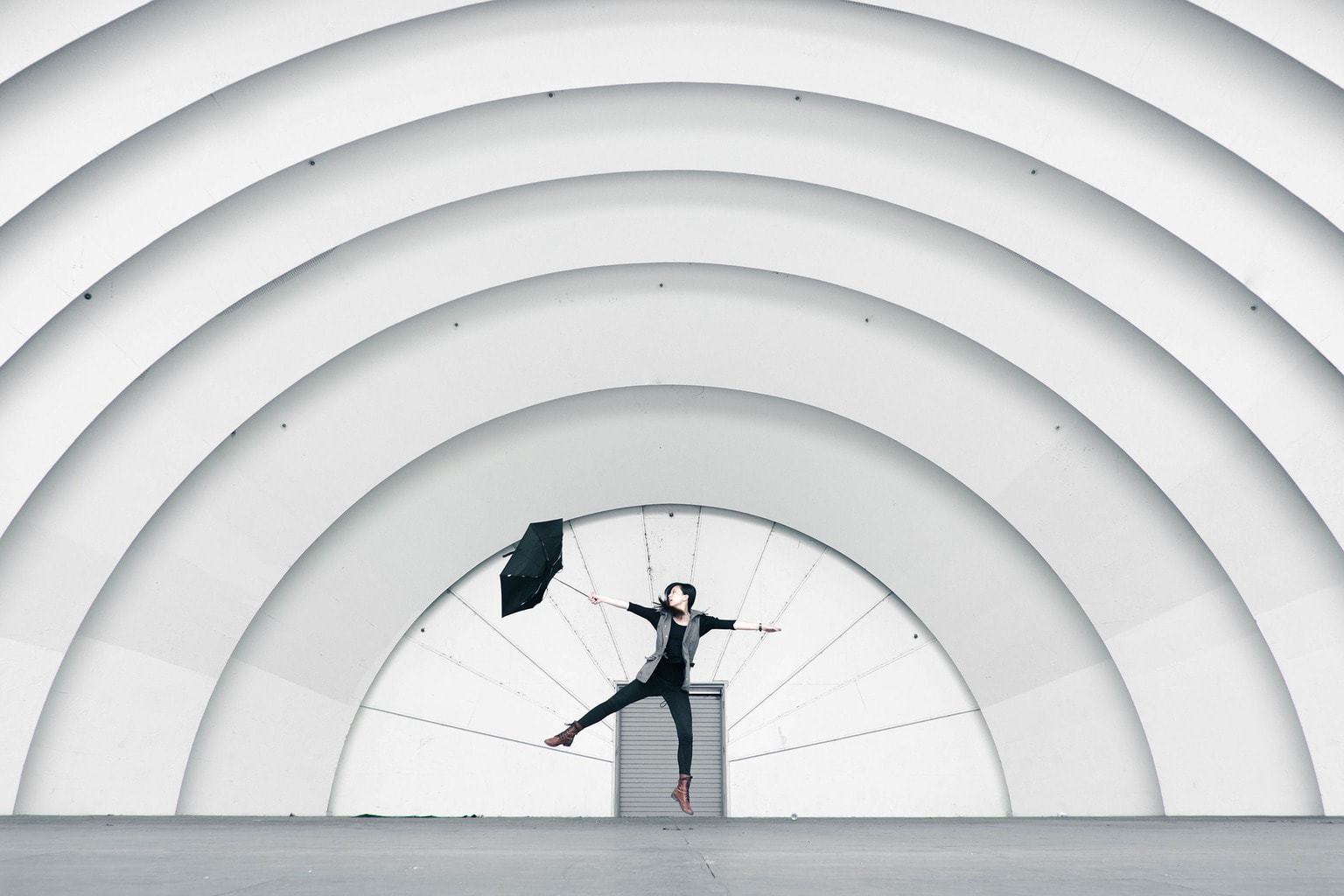
4. …OR TELL A STORY
There are many times that we have told you about the importance of telling a story through photography. An image that tells a story will captivate the viewer, it will make them want to stay to read the photograph, to discover in their imagination what happens next, what is the beginning and end of that story. A photograph that tells a good story will always be a thousand times better than a technically perfect but completely empty photograph.
Including a human figure (or several) is one of the premises to follow to tell it. You can also use objects that remind us of a human presence , objects that speak of people, that insinuate that they are there, close by, that they are part of the narration.
When in doubt about what is wrong with your photography, try to try a human element, you will see how everything changes ?
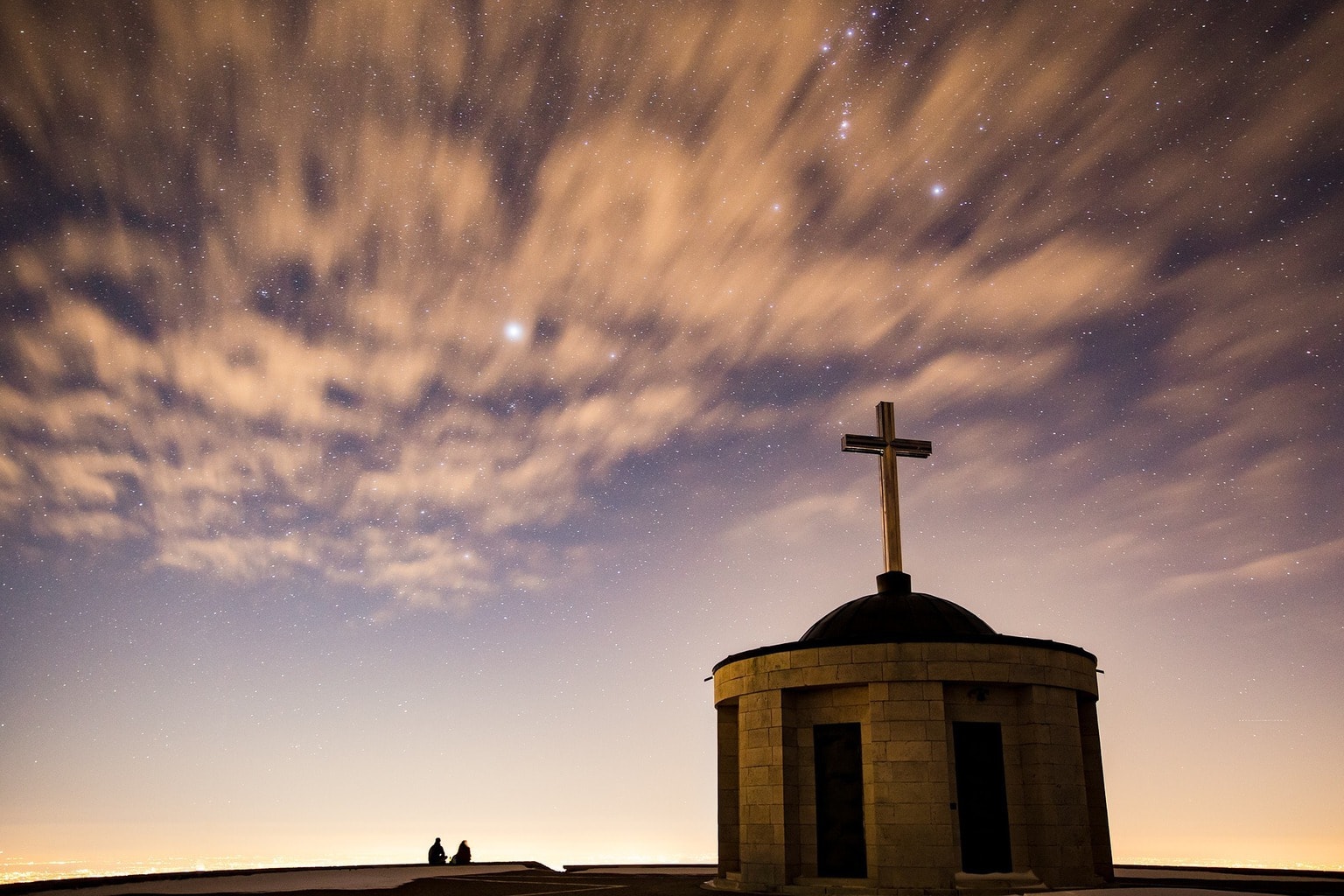
5. HUMAN ELEMENT TO PROVIDE DYNAMISM
When you are in front of a landscape or, above all, in front of an architectural element, what you frame is usually static, motionless, unless water is included in a version that flows, like a sea of waves or a river (an immobile puddle or a lake as still as a rock is worthless), everything will transmit stillness, stasis. Including a moving human figure will help you (in addition to the previous points) to provide a dose of dynamism. It will provide the image with a contrast between mobile and immobile. In this way the image gains interest, don't you think?
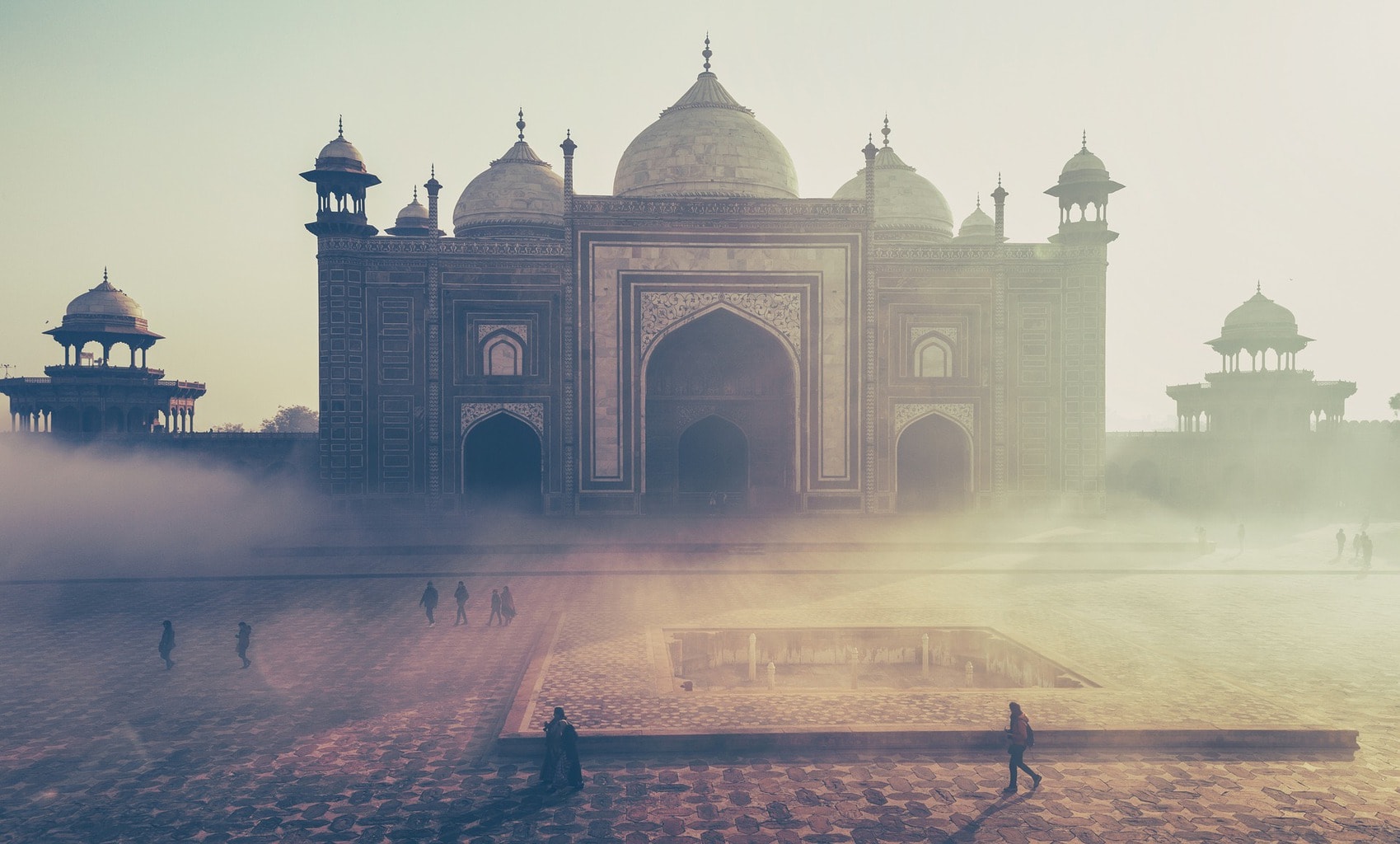
After reading this, I have a question: do you always have to include the human element in your photographs? You probably don't need me to answer, but in case you want to know my opinion, no, it is not always necessary to include the human figure, of course. It is one more resource that you have in your hand and that you must learn to use to get the best out of you, from your photos. I put this resource at your disposal, as someone once did with me, now it's up to you to decide when is the best time to do it, when your photography needs it.
If you found it useful or interesting, please share it on your social networks. This way I will know if the topics that I propose are to your liking ;). Thanks for getting here, see you soon!


